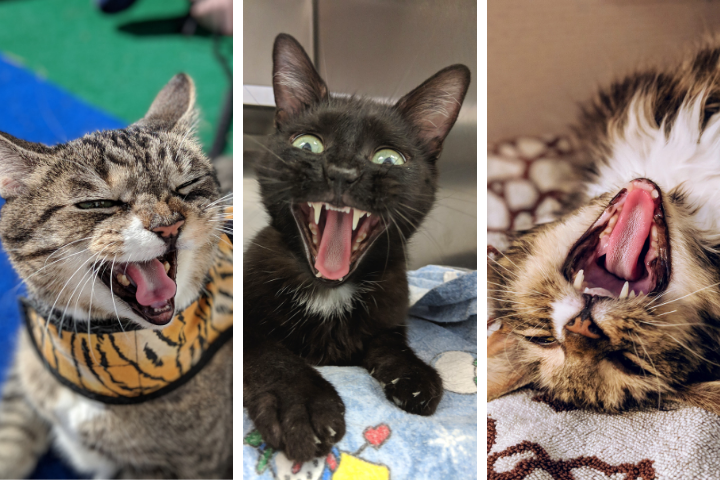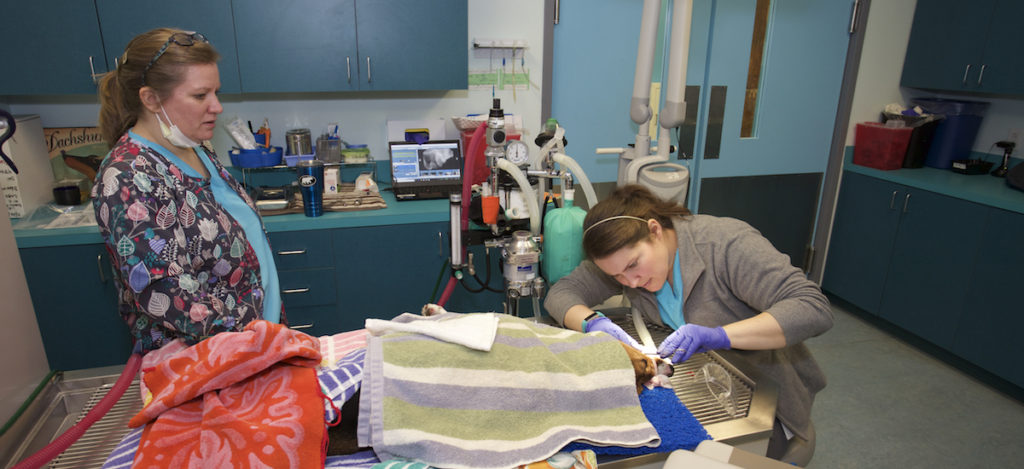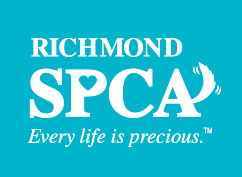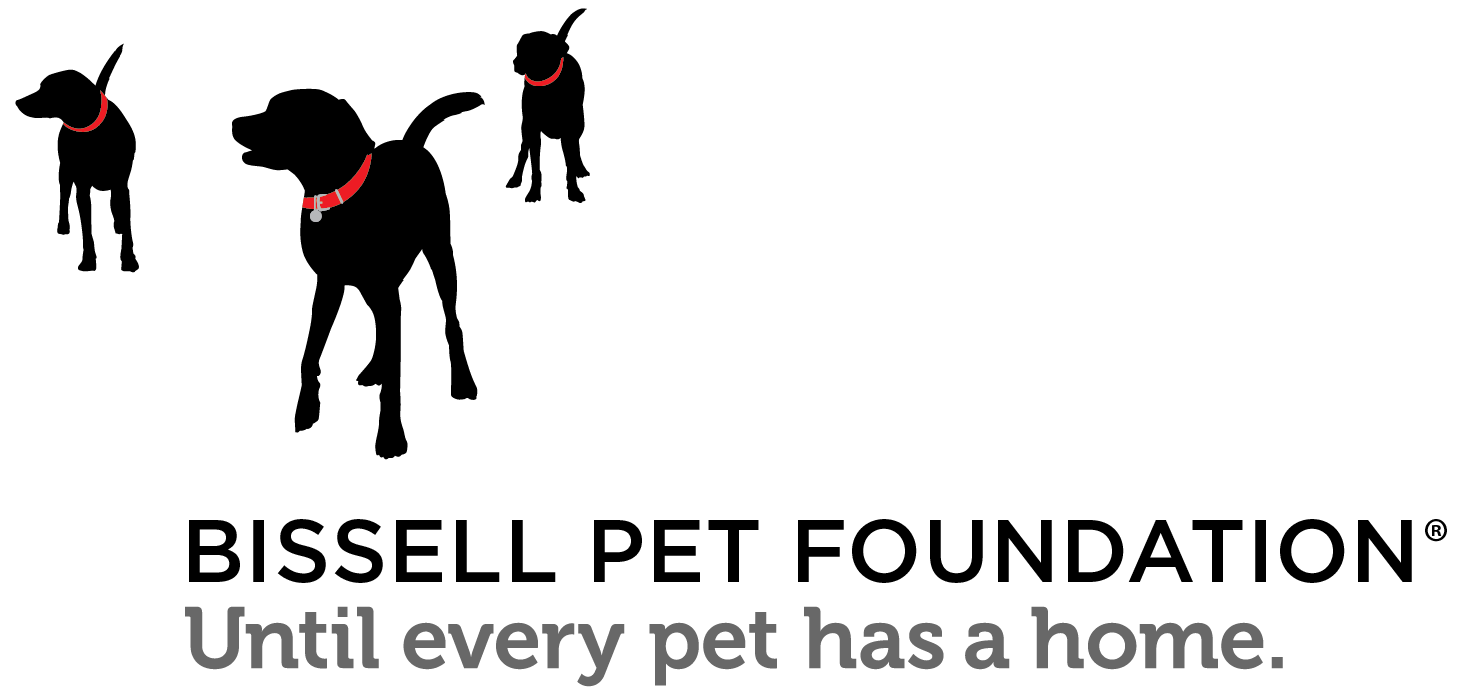Feline dental disease: Recognizing and addressing it in your cat

As a working mom with a baby under 2 years old, there are roughly five million things on my mental checklist at any given moment. Admittedly, though he is my first baby, the state of my cat’s dental health is not often at the top of that list.
Many of us – even those working in veterinary medicine – pay too little attention to what is one of the most common ailments in adult cats: dental disease. According to the Cornell University School of Veterinary Medicine, between 50 and 90 percent of cats over four years of age suffer from some form of dental illness.
Fortunately, feline dental disease is both preventable and treatable, even if your furry companion hisses at the sight of a toothbrush. February is the perfect time to discuss this topic with your veterinarian, since it is National Pet Dental Health Month. A basic understanding of the primary dental conditions in cats is beneficial for guardians when working with your vet to determine a treatment plan for pets. The three primary diseases are as follows:
- Gingivitis: Caused by a buildup of plaque on the teeth, gingivitis is a common condition that causes red and inflamed gums, or gingiva. The bacteria that collect to create this plaque cause an immune response, which is responsible for this swelling. Gingivitis can be worsened by other systemic diseases, including diabetes, kidney disease, feline leukemia or Feline Immunodeficiency Virus (FIV).
- Periodontitis: Periodontitis is the progression of gingivitis, which often leads to degradation of the tissue surrounding teeth. Ultimately, this condition leads to tooth loss and even jaw and bone damage.
- Tooth Resorption: Tooth resorption is a condition specific to cats in which the tooth begins to lesion from the inside out. Unfortunately, the cause for this condition is not known, and by the time most owners notice irritation or gum resorption of the affected tooth, extractions may be necessary.
There are several signs that may indicate whether your feline companion has any of the above conditions. Most guardians first notice bad breath, or halitosis. Additionally, your cat may have red or bleeding gums or display excessive drooling. Many felines also show a decrease in appetite, caused by pain during chewing.
So how can we prevent these issues in our companion animals?
Believe it or not, some cats will allow tooth brushing. If you are lucky enough to have a toothbrush-friendly feline, talk with your veterinarian about options for cat toothpastes and brushes, and begin a daily routine to prevent plaque buildup. Here’s a great online tutorial for training your cat to tolerate tooth brushing, courtesy of Cornell University College of Veterinary Medicine.
If you would be more likely to end up with scratches than a sparkling smile should you make an attempt to brush your cat’s teeth, fear not: there are other options to improve your pet’s dental health. Your veterinarian may recommend prescription dental foods – dry foods created to break up plaque as your cat chews.
Perhaps most crucial to your cat’s dental health regimen are routine dental cleanings. These cleanings, which involve sedation and professional dental care provided by licensed medical personnel, should be discussed at each annual exam with your veterinarian.

An understanding of the signs and symptoms of feline dental disease as well as the preventative and treatment options available is critical in ensuring that your pet is healthy and comfortable – during dental month and the rest of the year.

Lindsay Brockman is the director of our Susan M. Markel Veterinary Hospital. Lindsay is a licensed veterinary technician with a background in emergency veterinary medicine. After graduating from George Mason University with a bachelor’s degree in public relations in 2009, she went on to earn a degree in Veterinary Technology from Blue Ridge Community College.
When she is not working at the Richmond SPCA, Lindsay enjoys spending time with her husband and daughter, as well as her two dogs, cat and guinea pig Harriet.



